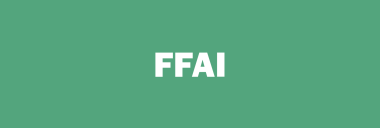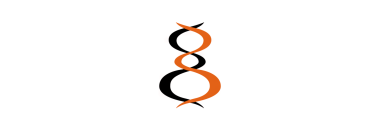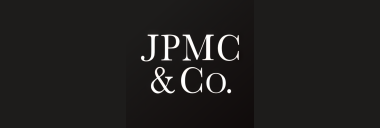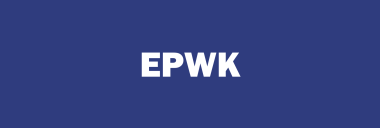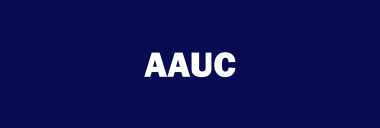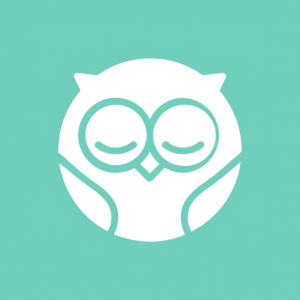Owlet Transforms Infant Care with the Launch of Two FDA-Cleared Devices – Dream Sock® and BabySat™
These new, innovative devices empower caregivers to monitor what matters most with reliable, medical-grade technology.
“We are on a mission to help parents monitor what matters most and are proud to now offer two FDA-cleared, at-home infant monitors to countless parents who want and need more information on their baby’s well-being,” said Kurt Workman, Owlet Chief Executive Officer and Co-Founder. “Both the FDA-cleared Dream Sock and BabySat devices are a representation of our endless commitment to providing clarity and peace of mind for parents, while also setting new standards in the industry of infant care.”
According to a survey, parents lose a staggering 133 nights of sleep during the first year of their newborn’s life1. Additionally, parents will experience more than three million emergency care visits for their infants each year2, and, annually, more than two million children under the age of five have outpatient visits for respiratory syncytial virus (“RSV”)3. Dream Sock and BabySat are designed to arm caregivers with the tools to combat these common stressors – being clinically proven to accurately track and display an infant’s vital signs and notify parents in real-time so they can take action if required.
Since achieving its De Novo clearance from the FDA in November 2023, Dream Sock continues to be the first-of-its-kind medical pulse oximetry solution for infants without the need for a prescription. Rigorously tested in both hospital and at-home environments and found to be compliant with all relevant performance and safety standards, the Dream Sock device provides accurate and actionable data to parents.
“Dream Sock is a breakthrough product for the industry and expands our medical-grade monitoring technology to all consumers,” said Dr. Alisa Niksch, Pediatric Cardiologist and Senior Director of Medical Affairs at Owlet. “This device will equip parents of otherwise healthy babies with the real-time data they need to make informed care decisions for their infants. Owlet is dedicated to advancing the capabilities of Dream Sock to enhance care for infants in the home.”
Caregivers of healthy babies between 1-18 months and 6-30 lbs can now track their infant’s Live Health Readings, including pulse rate and oxygen saturation level, in the Owlet Dream App (iOS & Android), as well as receive real-time Health Notifications for low pulse rate, high pulse rate, and low oxygen. These features are available to both existing and new Dream Sock users who opt to enable these features in the Dream App.
The BabySat pulse oximetry monitoring system combines hospital-grade accuracy with Owlet’s modern and wire-free sock design, and is intended for infants between 1-18 months and 6-30 lbs with acute or chronic medical conditions. BabySat also provides the ability to track live vital signs, but is distinct from Owlet’s Dream Sock in that it is available through prescription only, and allows a healthcare provider to set and adjust customizable alarms for oxygen saturation and pulse rate that are tailored to an infant’s individual needs.
Research shows there is a
“The launch of BabySat is a huge accomplishment for both parents and providers to enhance care coordination outside of the hospital,” said Jim Fidacaro, Owlet Senior Vice President and General Manager of Healthcare. “It extends medical-grade, personalized infant care to the home environment, and with oversight from a physician, parents of babies with health conditions can feel more in control of their little one’s well-being.”
Owlet is committed to offering products that set a new standard in infant care, combining advanced technology with ease of use to help caregivers have increased peace of mind while monitoring what matters most. For more details on each device and to find out which product is the right choice for your family, visit www.owletcare.com.
About Owlet, Inc.
Owlet was founded by a team of parents in 2012. Owlet’s mission is to empower parents with the right information at the right time, to give them more peace of mind and help them find more joy in the journey of parenting. Owlet’s digital parenting platform aims to give parents real-time data and insights to help parents feel calmer and more confident. Owlet believes that every parent deserves peace of mind and the opportunity to feel their well-rested best. Owlet also believes that every child deserves to live a long, happy, and healthy life, and is working to develop products to help further that belief. To learn more, visit www.owletcare.com.
Forward-Looking Statements
This press release contains forward-looking statements within the meaning of the Private Securities Litigation Reform Act of 1995 (the “Reform Act”). All statements contained in this press release that do not relate to matters of historical fact should be considered forward-looking statements, including, without limitation, statements regarding the Company’s growth prospects, expanded product offerings and the impacts of the Company’s new FDA-cleared medical devices. In some cases, you can identify forward-looking statements by terms such as “estimate,” “may,” “believes,” “plans,” “expects,” “anticipates,” “intends,” “goal,” “potential,” “upcoming,” “outlook,” “guidance,” the negation thereof, or similar expressions, although not all forward-looking statements contain these identifying words. Forward-looking statements are based on the Company’s expectations at the time such statements are made, speak only as of the dates they are made and are susceptible to a number of risks, uncertainties and other factors. For all such forward-looking statements, the Company claims the protection of the safe harbor for forward-looking statements contained in the Reform Act. The Company’s actual results, performance or achievements may differ materially from any future results, performance or achievements expressed or implied by our forward-looking statements. Many important factors could affect the Company’s future results and cause those results to differ materially from those expressed in or implied by the Company’s forward-looking statements. Such factors include, but are not limited to, (i) the regulatory pathway for Owlet’s products, including submissions to, actions taken by and decisions and responses from regulators, such as the FDA and similar regulators outside of
| References: | ||
| 1. | https://www.snuz.co.uk/sleep-centre/news/the-truth-about-sleep-snuz-sleep-survey-results/ |
|
| 2. | ||
| 3. | ||
| 4. | ||
View source version on businesswire.com: https://www.businesswire.com/news/home/20240108878830/en/
Media Contacts:
pr@owletcare.com
owlet@diffusionpr.com
Source: Owlet, Inc.

